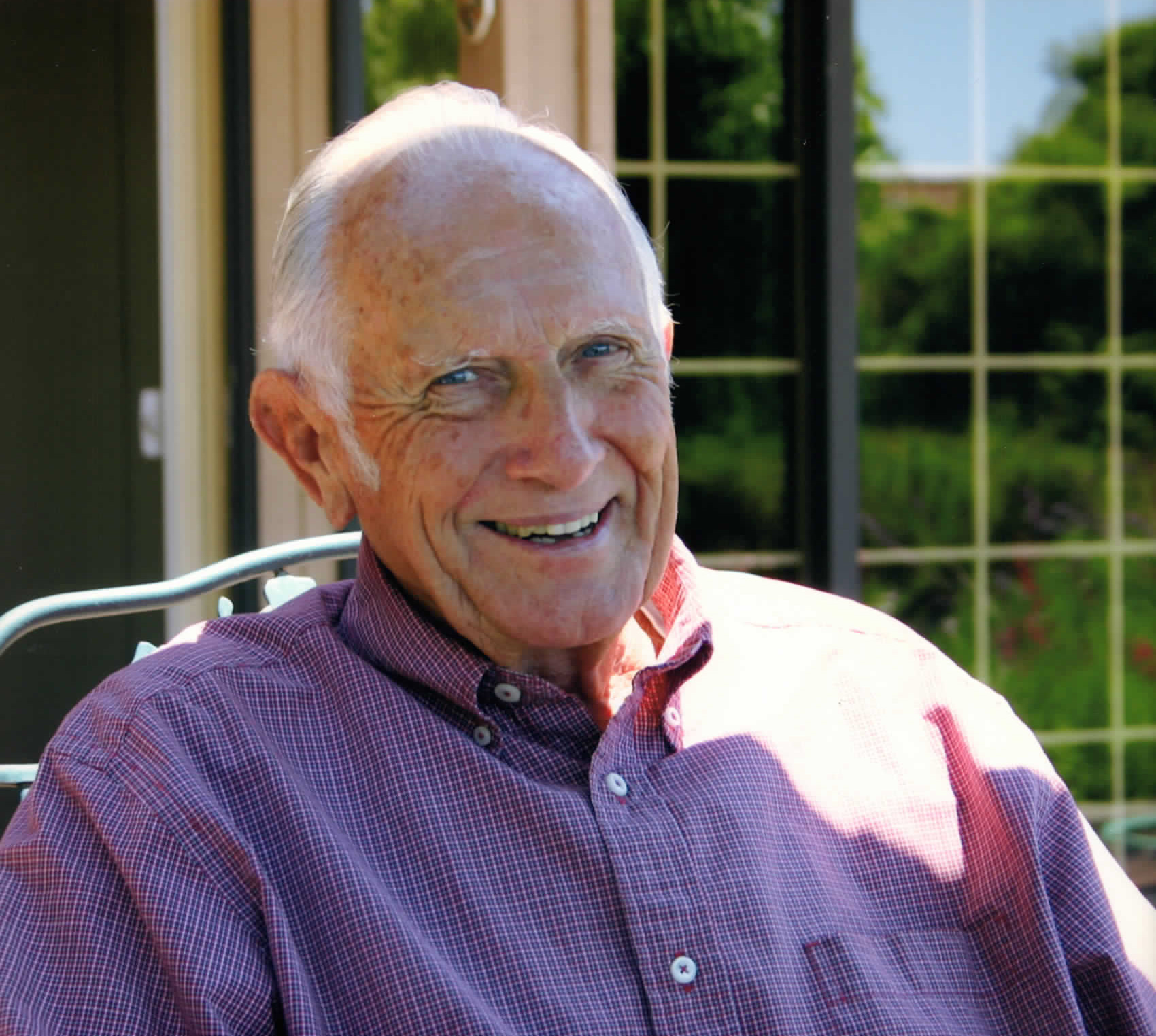
Bob Casier was a great man. He had an incandescent personality and brilliant mind, which — together with his high standards and moral nature — made him an outstanding and memorable teacher. A friend of his recently commented that he was the last of the “founding generation” at Santa Barbara City College. The central professional goal he had throughout his career was for SBCC to be a distinguished educational institution. He and others have succeeded admirably in this challenge. Santa Barbara City College is among the finest community colleges in the nation.
A native Santa Barbaran, Bob was Associated Student Body president of Santa Barbara High School in his senior year, 1943-1944. He was a great athlete as well as scholar. He said many times that as a young man, his dream was to be the basketball coach at Santa Barbara High. He later had this opportunity, but it conflicted in 1955 with the even better chance to teach at what was then Santa Barbara Junior College, and he chose to make college instruction his career.
He remembered teaching at the junior college when it was still “on the hill” at the Riviera Theatre complex on Alameda Padre Serra, the former site of Santa Barbara State College. In 1959, the college moved to its current and spectacular location overlooking the Santa Barbara Harbor. In 1946, Santa Barbara Junior College was reestablished by the Santa Barbara secondary school district for tax reasons, and it changed its name to Santa Barbara City College in 1959.
Bob was very involved with college governance. In the middle 1950s, there was a college director who ran the college more like a high school than a college. He canceled classes and summoned students to assemblies, including one involving the Moody Bible Institute. Bob and other faculty considered this a violation of the separation of church and state doctrine enunciated by the Supreme Court. He served on the liaison committee with the Santa Barbara High School District, and Bob became the faculty representative on the selection committee for the college’s subsequent administrative leader.
Bob always emphasized self-governance and was instrumental in founding and providing early leadership to the faculty Academic Senate and the Instructors Association. In 1979, the Annual Faculty Lecture was inaugurated. Bob was chosen by his peers as the first faculty lecturer. He spoke on “Changing Patterns in American Politics.” He looked forward to a possible new national political consensus in which support for “cost-efficient decentralized government” and “the importance of incentives embodied in the idea of equality of opportunity” would be tempered by government action to “ensure basic human needs” and “eliminate all vestiges of legal discrimination.” He was a moderate in his political views. He favored representative rather than direct democracy. Though a lifelong Democrat, he held high regard for Eisenhower’s foreign policy.
Like many others, I have a great debt of personal gratitude to Bob. He offered me my first teaching position shortly after I received my PhD. This led to the writing on which my subsequent academic career was based. He had been a student of my dad at UCSB and a friend of his, and this was an especially warm bond between us. In recent years, I had the opportunity to participate with him in a monthly discussion group. Bob’s comments in his late eighties and early nineties were sharp, to the point, and informative. He prepared for the sessions he led with the same work ethic that characterized his teaching. He especially enjoyed leading discussions on the U.S. Supreme Court and its forthcoming decisions.
Many colleagues remember him, including John Kay: “For nearly four decades he cultivated the idea that we are all trustees of the college”; Peter MacDougall, who remarked on his ability to “reach conclusions supported by evidence rather than emotion”; John Romo: “Bob Casier was one of the most respected professors at SBCC”; Fred Hofmann: “Sitting in on his classes as his reader, I had the sense of being in the presence of an Ivy League professor”; and Barbara Lindemann: “A compliment that I always treasured was … ‘You teach like Dr. Casier.’ There was no higher compliment!” According to George Frakes, “If this college has reached the heights of being the number-one-ranked community college in the nation, it is because all faculty, administration, and staff ‘stand on the shoulders of Bob Casier’ to reach that high level of accomplishment.”
Bob was a stoic in personal philosophy. He remarked once of his religious views, “I think there’s energy in the cosmos we can tap into — that’s my God.” He talked about the Roman philosopher Lucretius and his work, “On the Nature of Things,” a few weeks before passing. He was blessed by the love of his life as his wife, Shirle — she was a wonderful partner, beautiful, intelligent, and vivacious. He wrote of their love in a poem shortly before her death: “Our love is special in each of its many ways / Which blend together into a mosaic greater than its parts.” They had three sons, Craig, Rodger, and Bryan. Among their family vacations were visiting and watching baseball games across the United States.
Hundreds of people would say Bob Casier played a significant role in their life through his encouragement, practical assistance, and advice. Thousands would say he was among the best teachers they ever had. He played a key role in the development of Santa Barbara City College.
